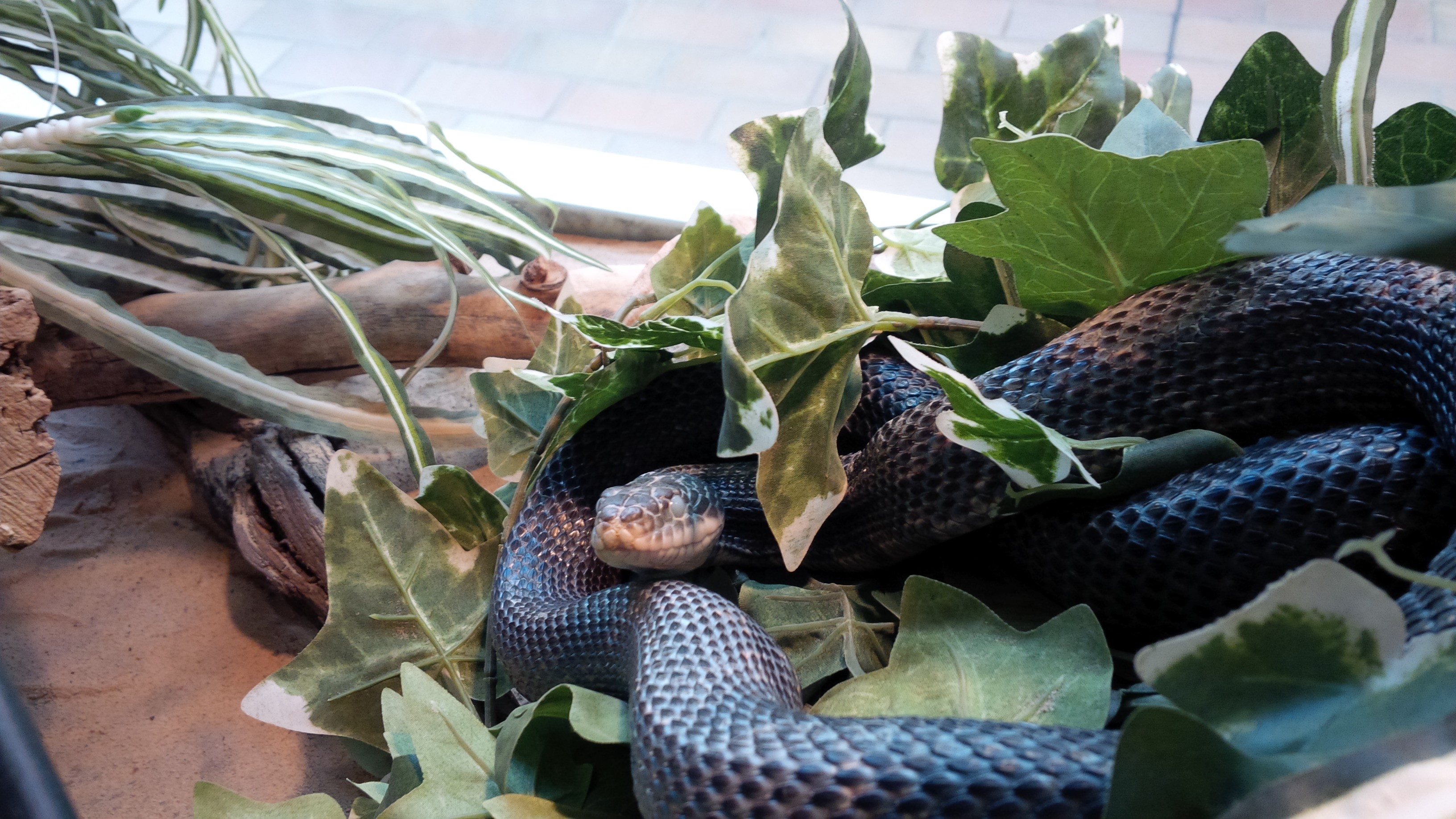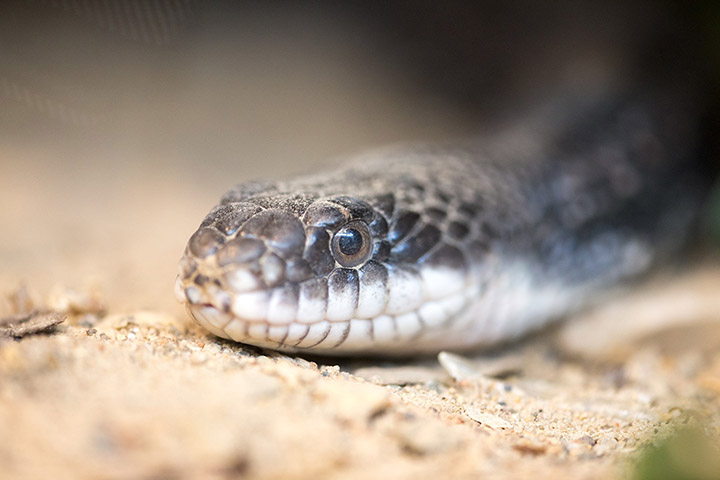
USask's Sammy the Snake dies
The beloved reptile resident of the Museum of Natural Sciences lived in the facility for more than 14 years
Sammy the Snake, the beloved resident reptile representative of the University of Saskatchewan (USask) Museum of Natural Sciences, has died.
Sammy made headlines in 2017 after laying unfertilized eggs for three years in a row. It’s uncommon for snakes to lay eggs without a mate.
“They’re larger and more numerous than they have been in past years—but, then again, she’s larger and more mature than she’s been in past years,” museum employee Sue Johnson told CTV News at the time. “It was sort of expected and she showed specific behaviours of digging a nest prior to laying the eggs, so it was just waiting for the babies that weren’t going to happen.”

Sammy, a non-venomous black ratsnake, died after living a natural life span of more than 14 years in the Museum of Natural Sciences. She came to the museum in 2005, after she was found by an employee of a local company as an accidental stowaway in a sealed shipment from Kansas.
Sammy was about a foot long when she was found. By April 2014, she was about five-foot-seven in length and more than five inches in circumference. She was named after the Sesame Street character Sammy the Snake.
Ratsnakes are voracious predators who eat rodents of various sizes. Newly hatched ratsnakes are born large enough to feed on young mice. Sammy grew and thrived after learning to eat pre-killed food at the Museum of Natural Sciences.
The museum plans to welcome a new reptile resident, although the type has not yet been determined.


